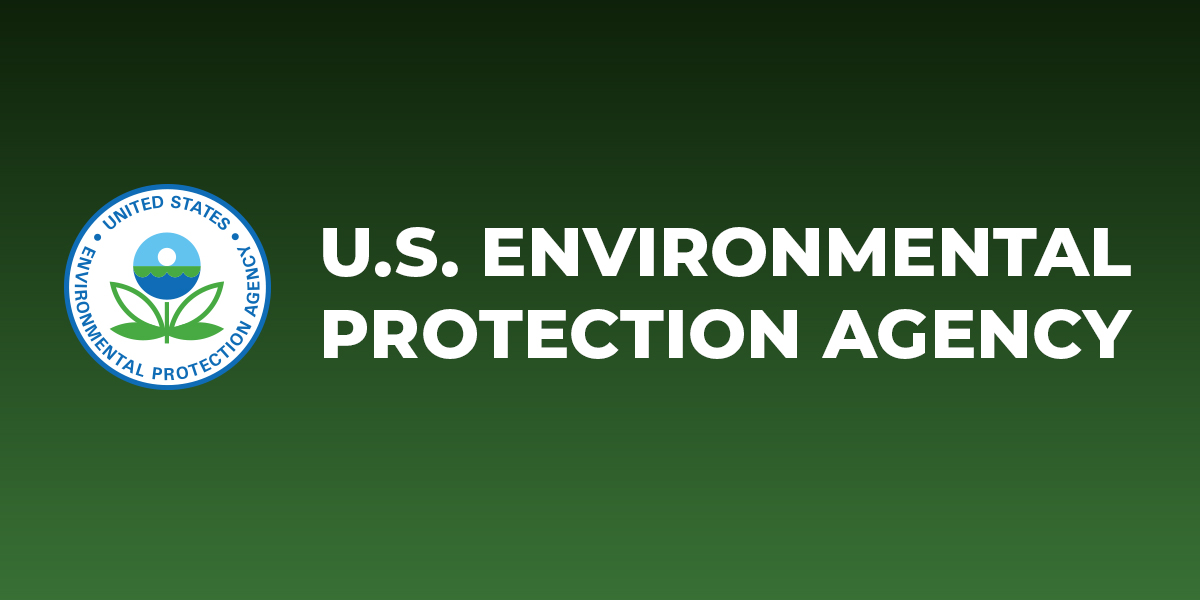EPA Announces $3 Billion Clean Ports Program to Fund Zero-Emission Infrastructure
Key Ideas
- The Clean Ports Program, funded through the Inflation Reduction Act, will allocate nearly $3 billion to support zero-emission port equipment and infrastructure in 27 states and territories.
- Goals include transitioning ports to fully zero-emissions operations, reducing diesel pollution in near-port communities, and promoting community engagement and emissions reduction planning.
- Selected projects will create new high-quality jobs in the clean energy sector, modernize port infrastructure to reduce emissions, and improve the movement of goods and passengers.
- The funding will also enhance the U.S.' economic competitiveness by advancing clean technologies, with many projects aligning with the National Zero-Emission Freight Corridor Strategy.
The U.S. Environmental Protection Agency (EPA) has announced the selection of 55 applications for grants totaling nearly $3 billion under the Clean Ports Program, funded through the Inflation Reduction Act. These grants will support initiatives aimed at developing zero-emission port equipment and infrastructure, as well as climate and air quality planning at U.S. ports across 27 states and territories.
The Clean Ports Program, an extension of EPA's Ports Initiative, focuses on addressing public health and environmental impacts on communities surrounding ports. The program aims to transition the port sector towards full zero-emission operations, reduce diesel pollution in near-port communities, and promote community engagement and emissions reduction planning.
The selected projects will involve the purchase of battery-electric and hydrogen-powered port equipment, including cargo handling equipment, drayage trucks, locomotives, vessels, shore power systems, and solar power generation. By implementing advanced technologies, the program seeks to modernize port infrastructure to reduce emissions while ensuring the efficient movement of goods and passengers.
Furthermore, the Clean Ports Program aligns with the National Zero-Emission Freight Corridor Strategy, with 43 of the selected projects located at designated hubs. This strategic alignment supports the deployment of charging and hydrogen fueling infrastructure, contributing to an all-of-government approach to spur investment and accelerate industry activities.
In addition to environmental benefits, the program emphasizes community engagement and equity considerations. Over half of the selected projects will primarily benefit disadvantaged communities experiencing poor air quality. EPA requires funding recipients to engage with these communities during project implementation.
The Clean Ports Program not only aims to create new jobs in the domestic clean energy sector but also enhances the economic competitiveness of the U.S. by promoting clean technologies and modernizing port infrastructure. Overall, the program signifies a significant step towards reducing emissions, improving air quality, and fostering sustainable practices in the port industry.
